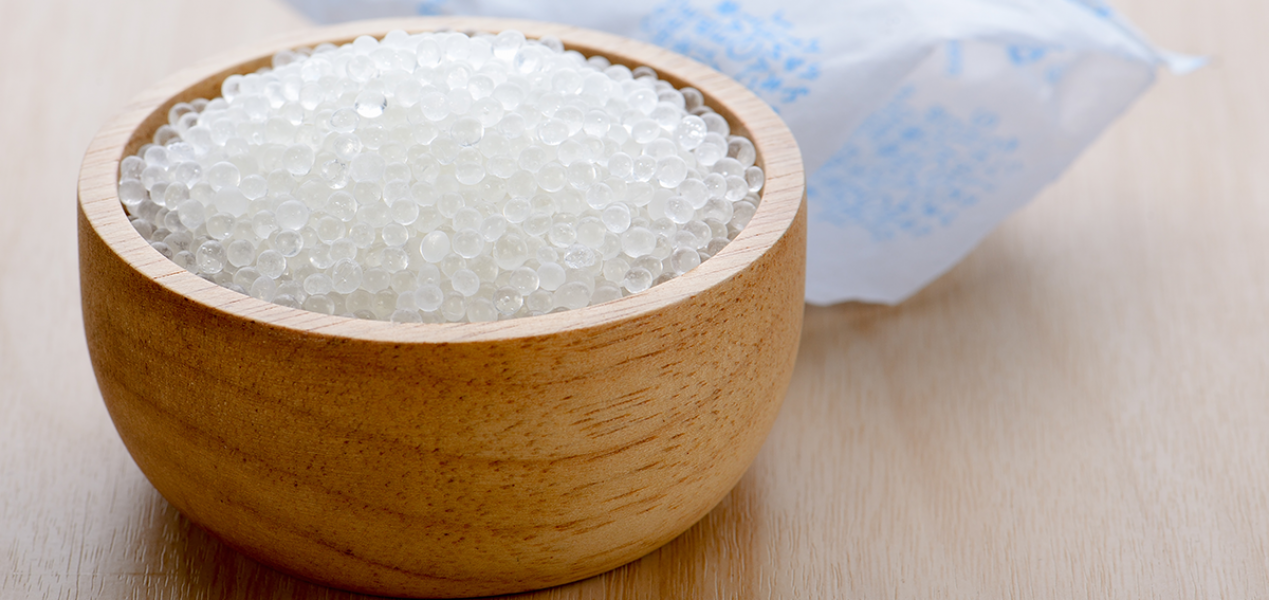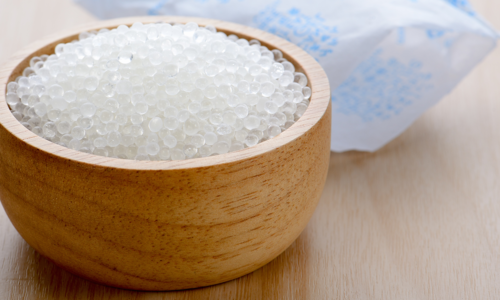In humid, high temperature conditions, powdered and granulated products tend to cake, thus preventing the correct flowability of the powder in question. The solution to this problem is called precipitated silica (SiO2), a material made up of the two most abundant elements in the earth’s crust: oxygen (O) and silicon (Si).
Due to its non-toxic nature and the fact that it doesn’t affect the smell, flavour, or colour of the product to which it is added, precipitated silica is widely used in the food industry for both human and animal consumption. What’s more, it doesn’t accumulate in the body once ingested, but is expelled via the kidneys. In this sense, it is a completely safe additive and is recognised by both the World Health Organisation (WHO) and the European Food Safety Authority (EFSA).
Other notable characteristics of precipitated silica is that it doesn’t dissolve in water, nor does it break down or burn when exposed to high temperatures, it has high electrical insulation, excellent water absorption capacity, and is porous. On the other hand, its properties (choice of agitation, duration of precipitation, the addition rate of reactants, temperature, concentration, porosity, and PH) may vary according to the requirements of its final application.
In food products for human consumption, it is used as an additive in all powdered and granulated products that tend to absorb water and form lumps (caking). It has four main uses. The first is as an anti-caking agent, as it is the perfect ally for food preparations such as salts, spices, coffee, and so much more. As an anti-caking agent, both for encapsulating particles in powder and for absorbing ambient liquids, oils, and grease from a surface while preventing the formation of lumps. To prevent issues of flowability of the substrates, thus facilitating the production process, handling and packaging, and increasing packaging rates. And lastly, to maintain product characteristics during handling, packaging, and shipping.
Producers of animal feed, on the other hand, need their products to be dispensed safely and precisely at automated farms. In these cases, it is recommended to avoid the use of feed products that generate a lot of dust or that obstruct the dispenser channels, preventing the nutritional product from flowing with the required precision.
Precipitated silica prevents the raising of dust or powder, in addition to ensuring that micro-granulated products do not lump together or form blockages in the dispensers, allowing these to mix with other substances such as vitamins, drugs, and other dry nutrients in any ratio. In this way, it allows you to control the flow of feed dispensed to the animals, providing greater control and significant savings on product losses during the process of automated animal feeding.


